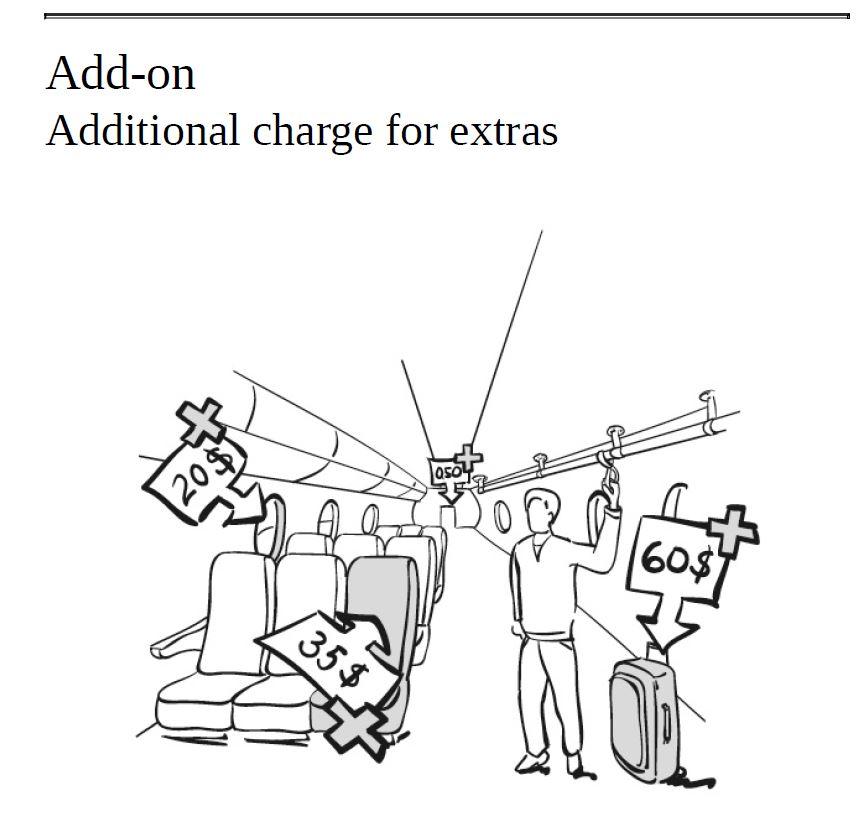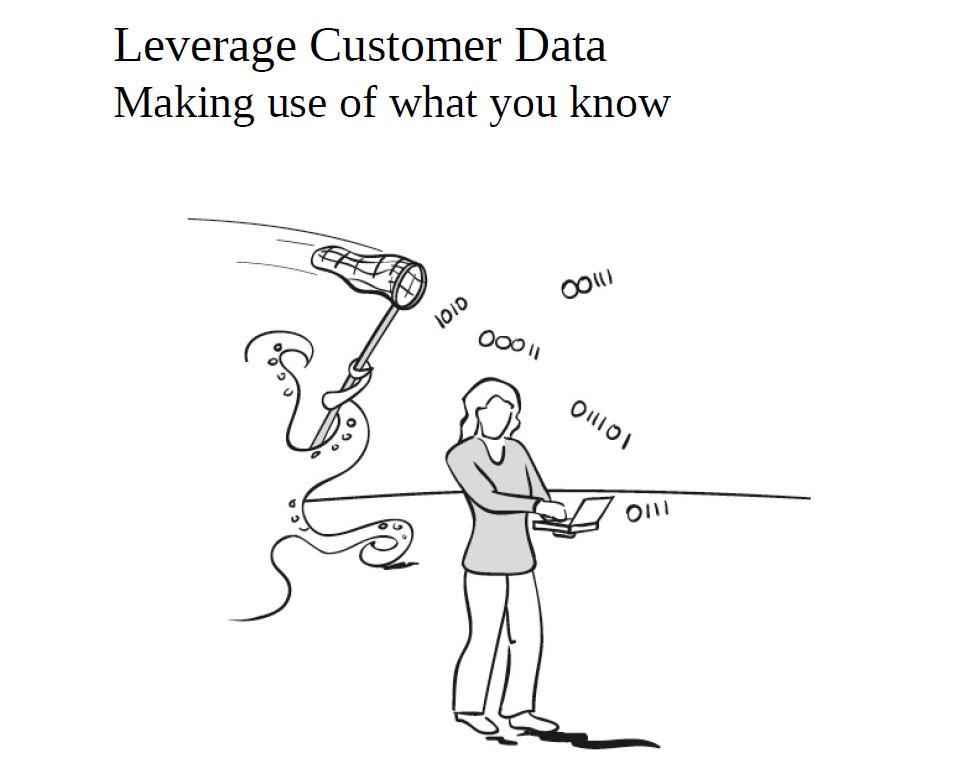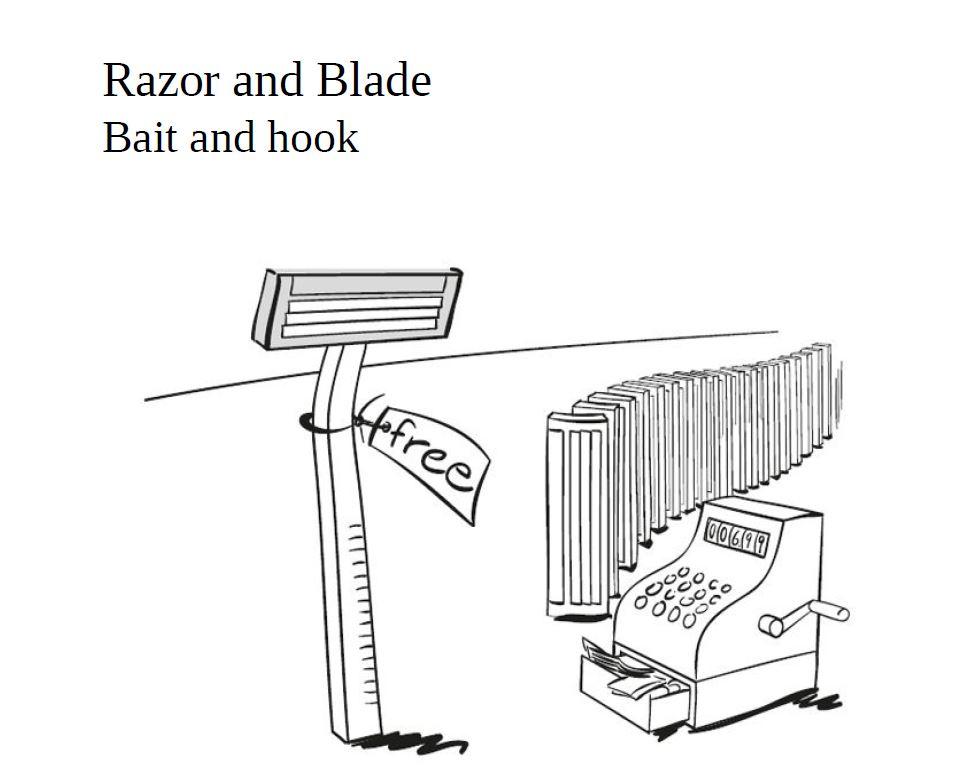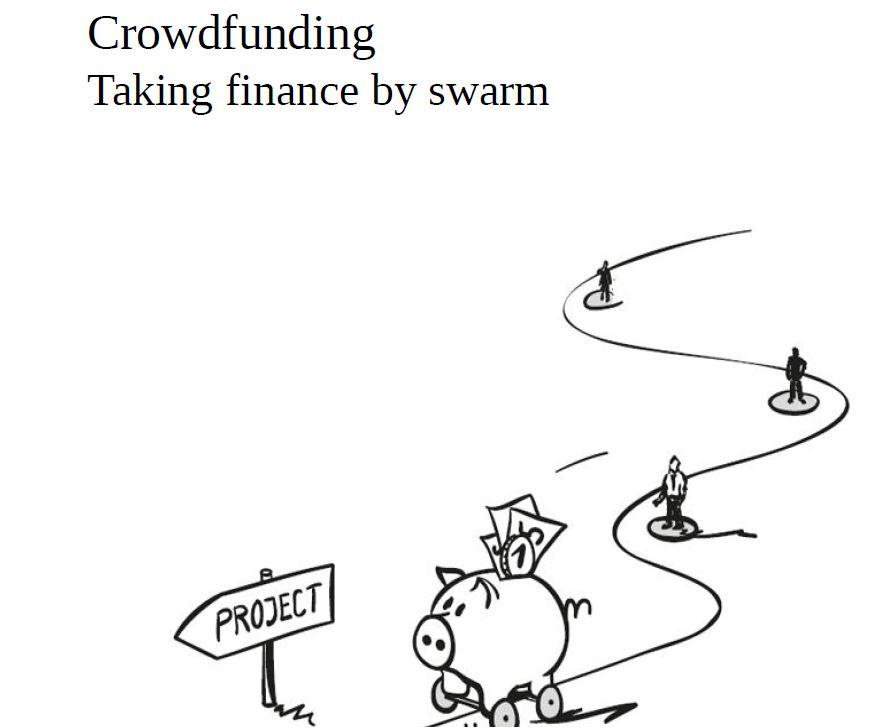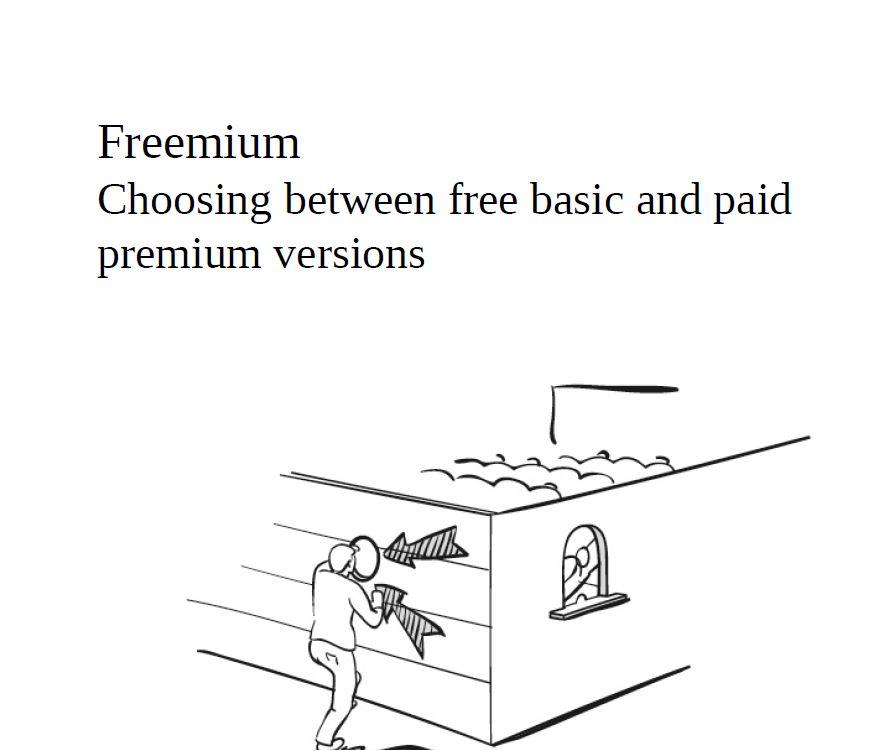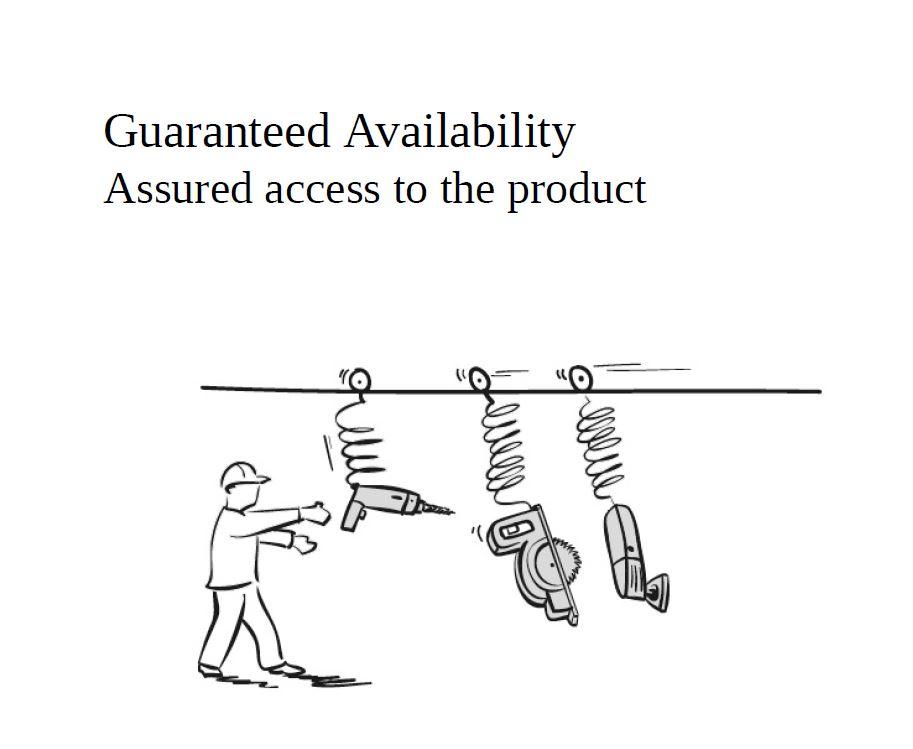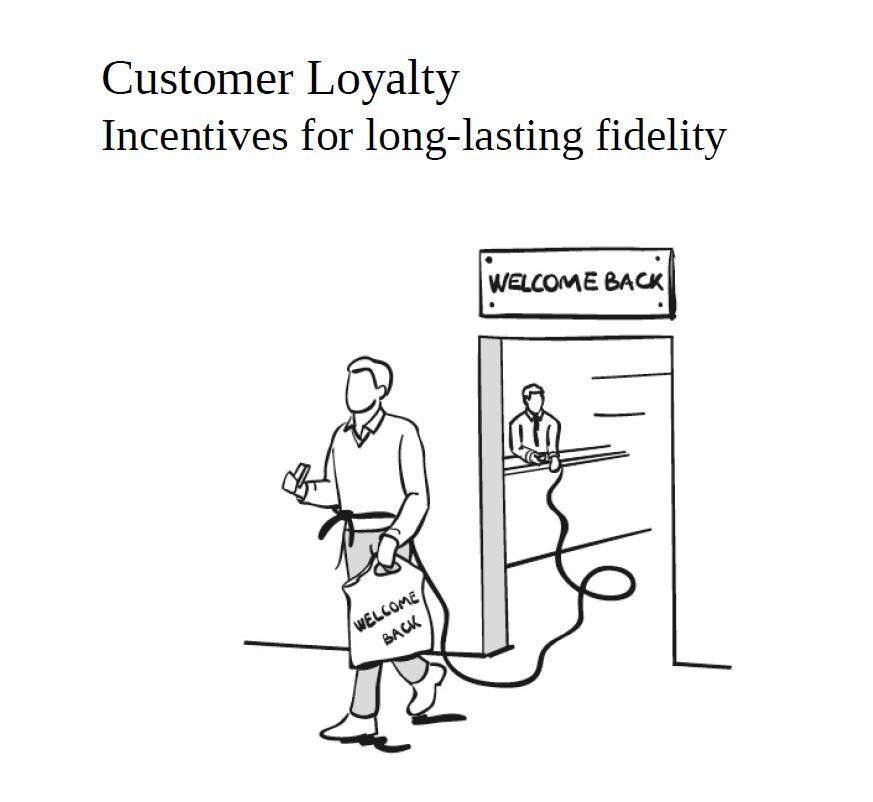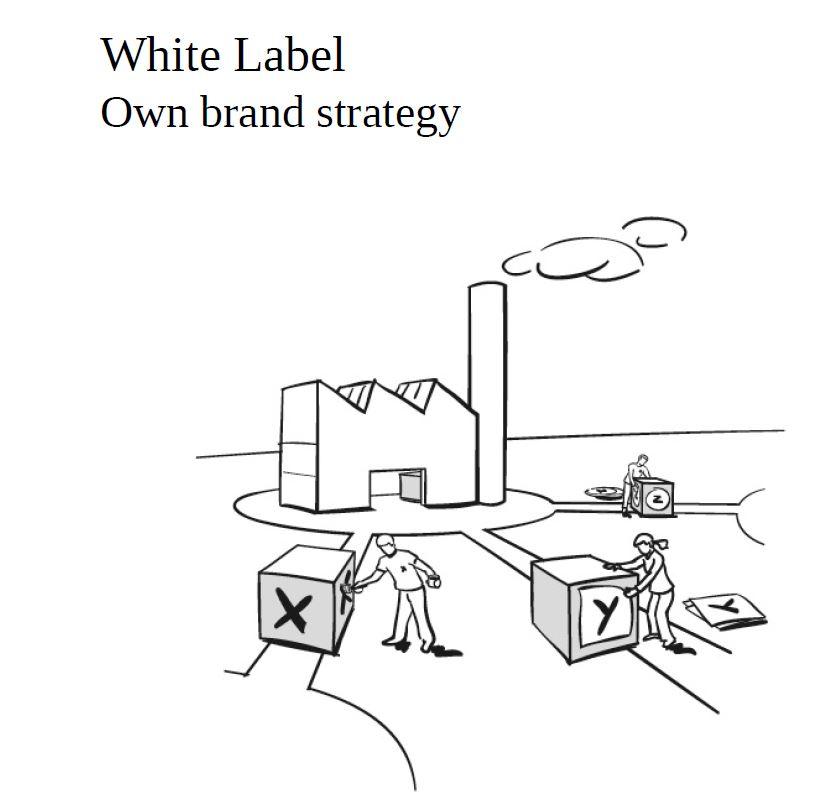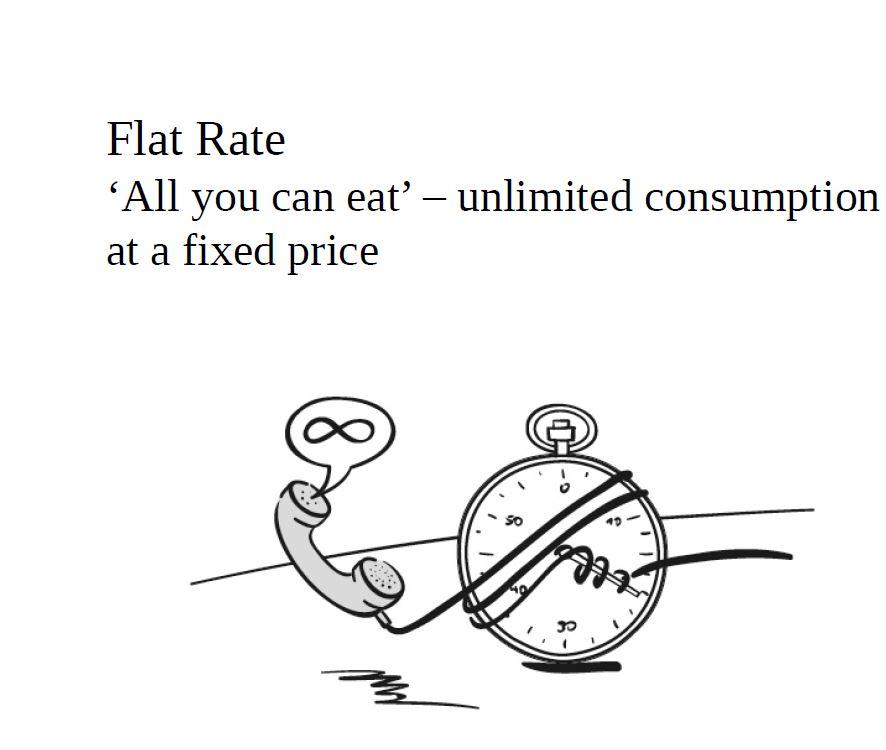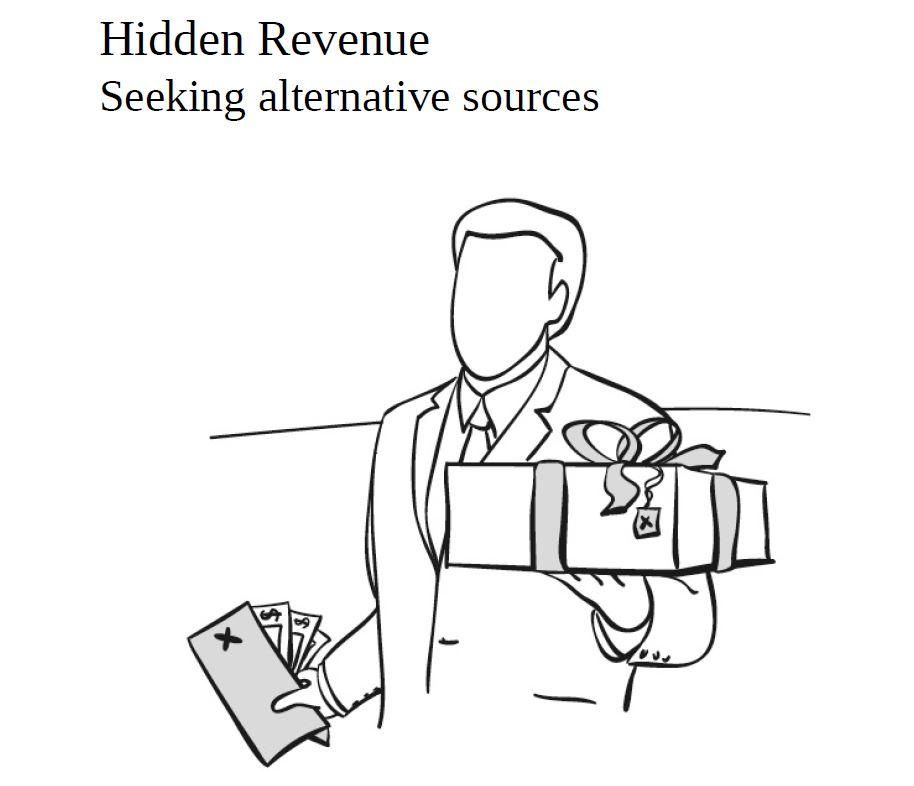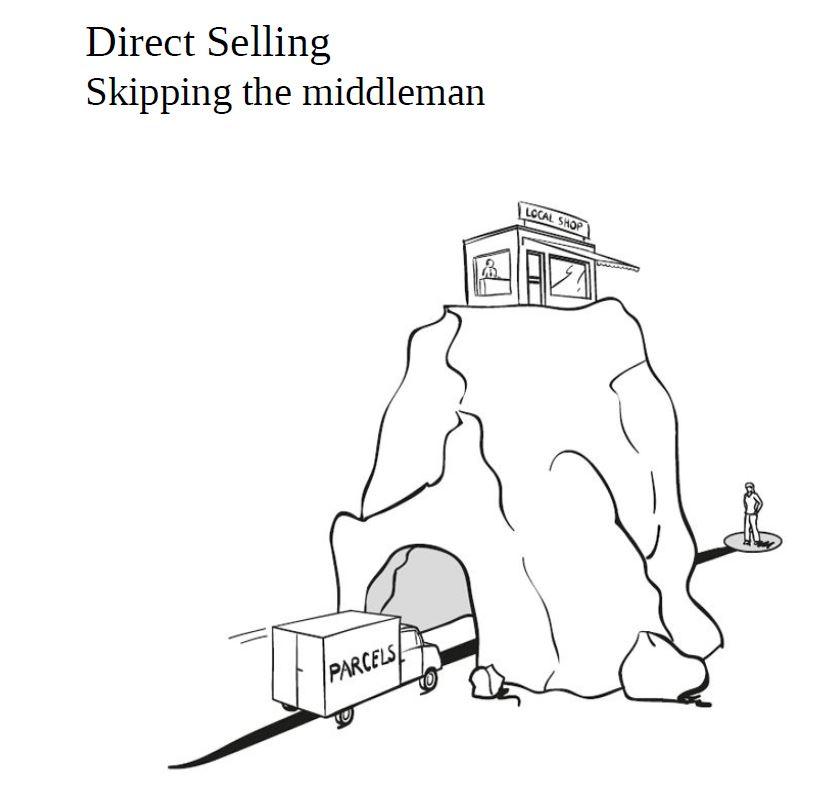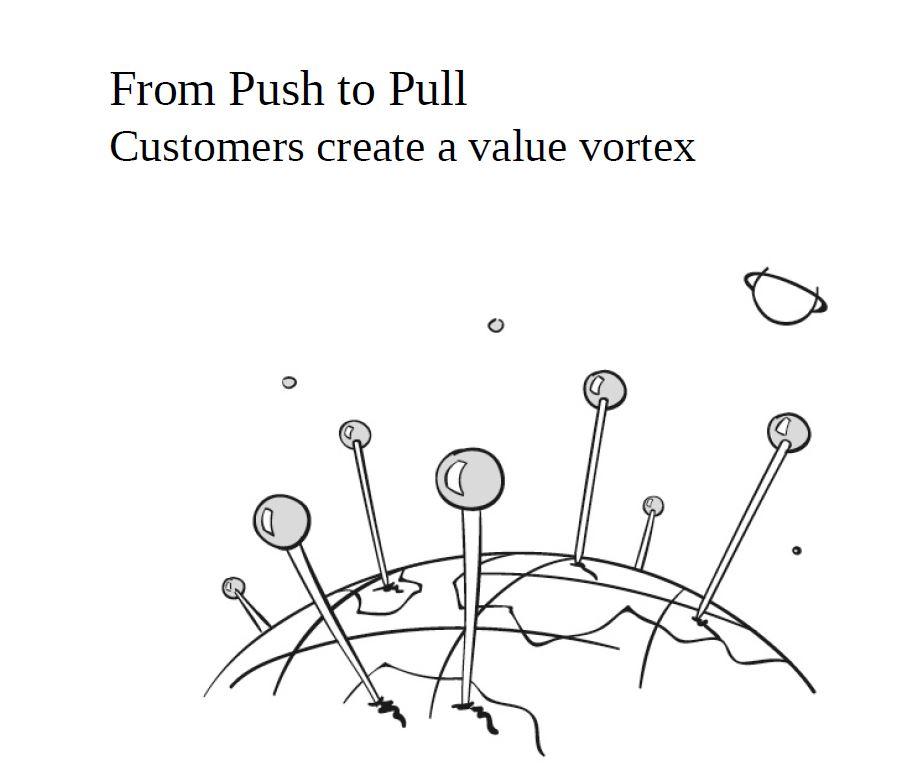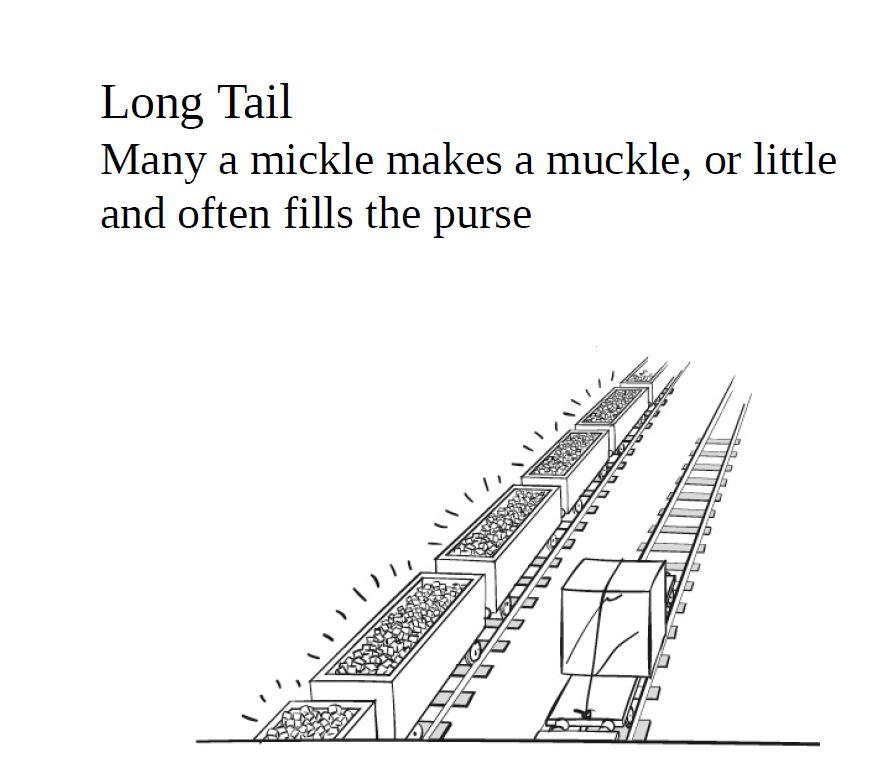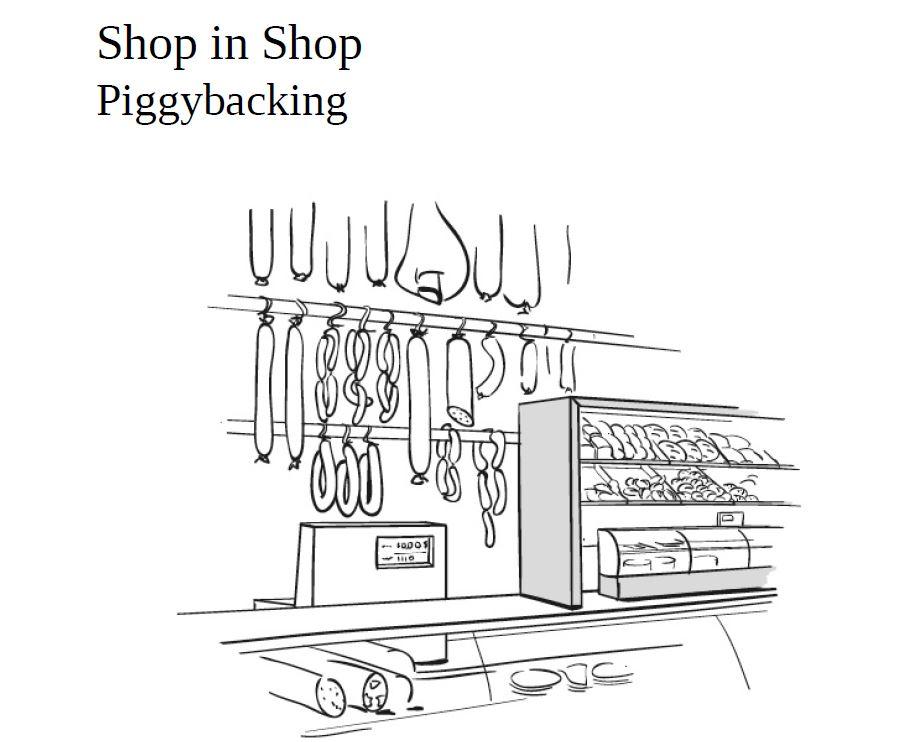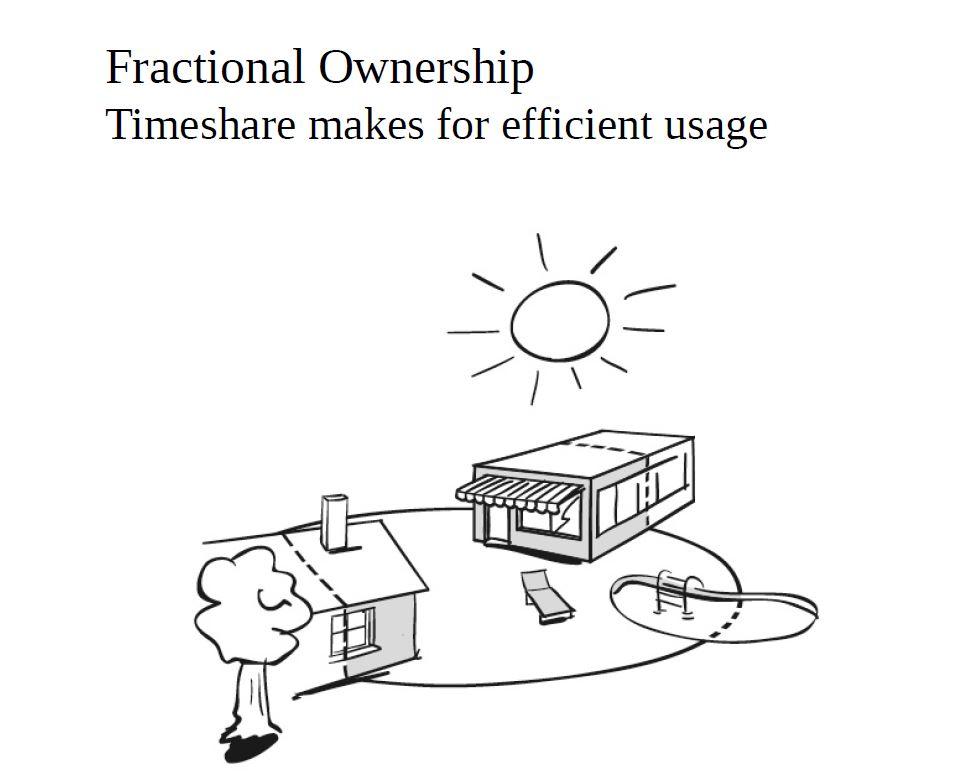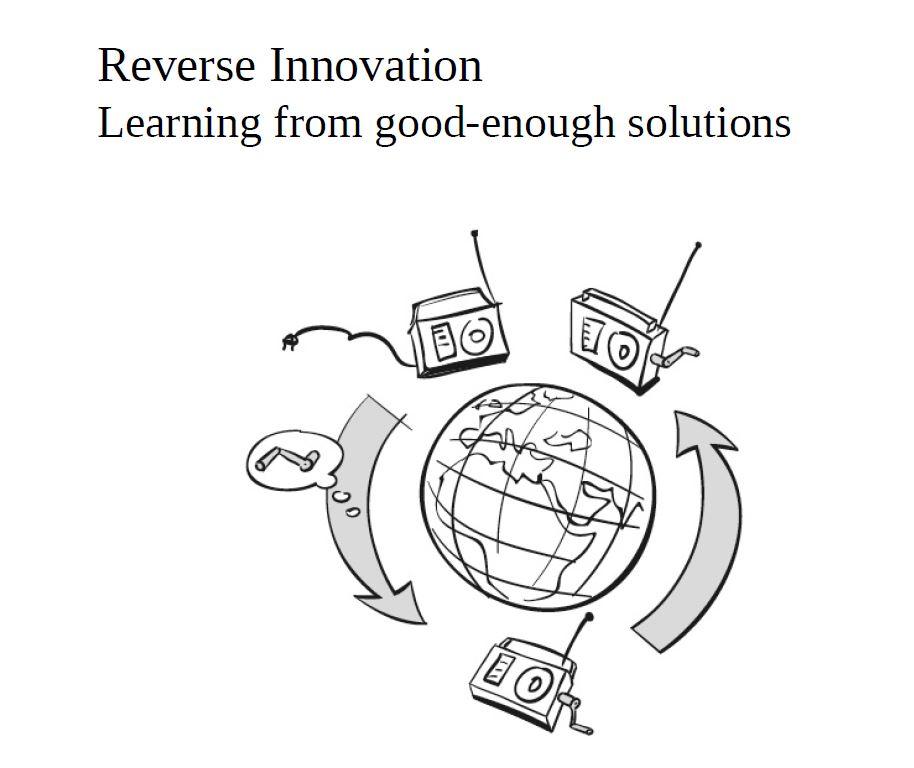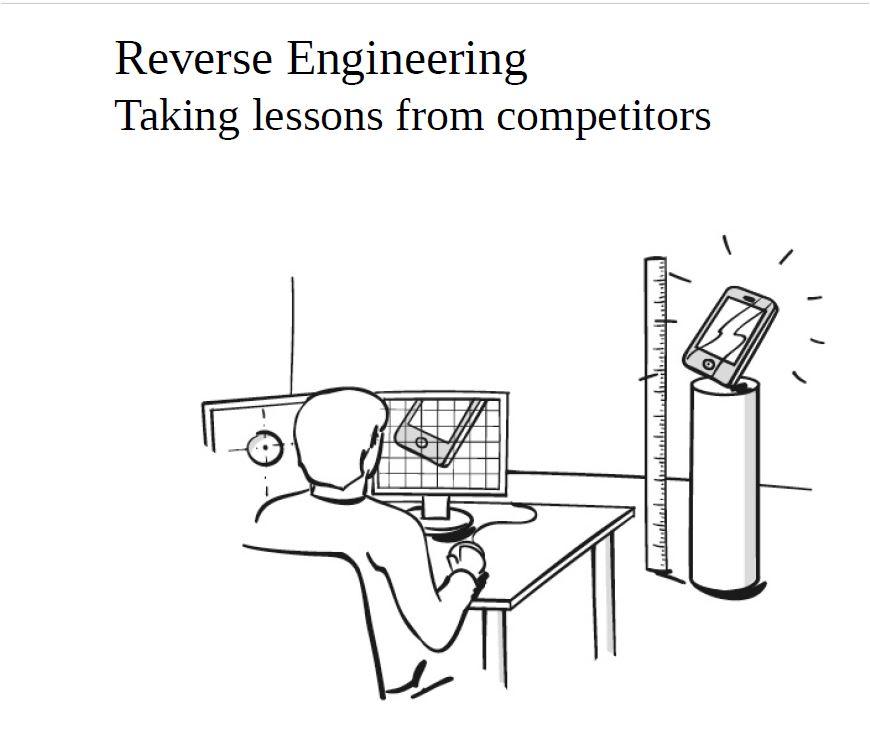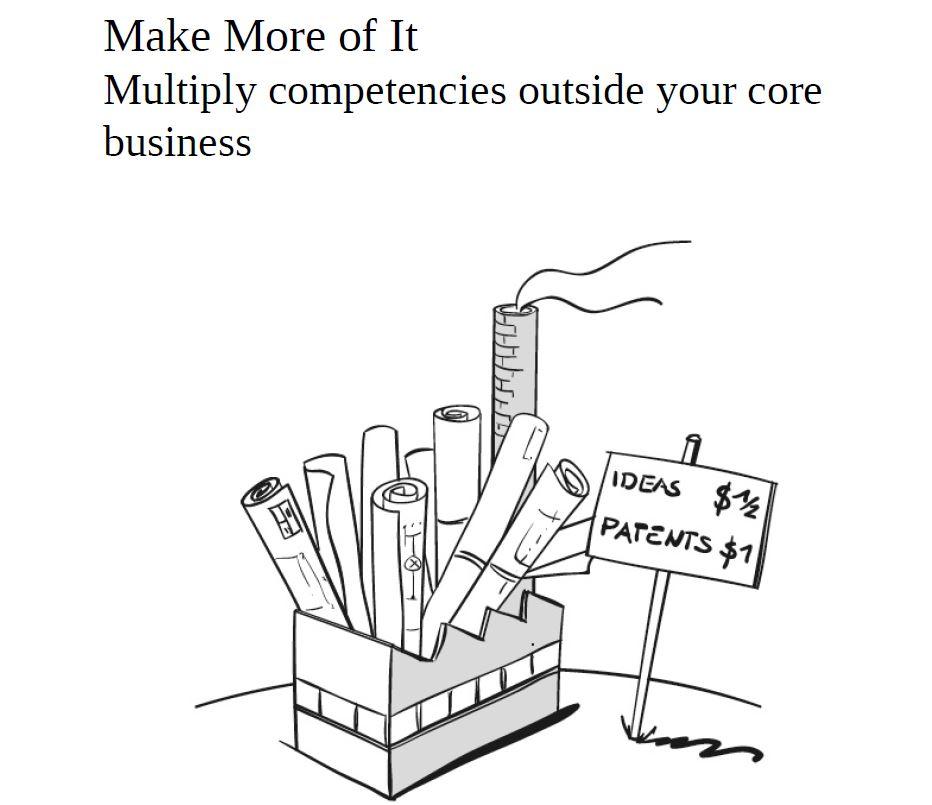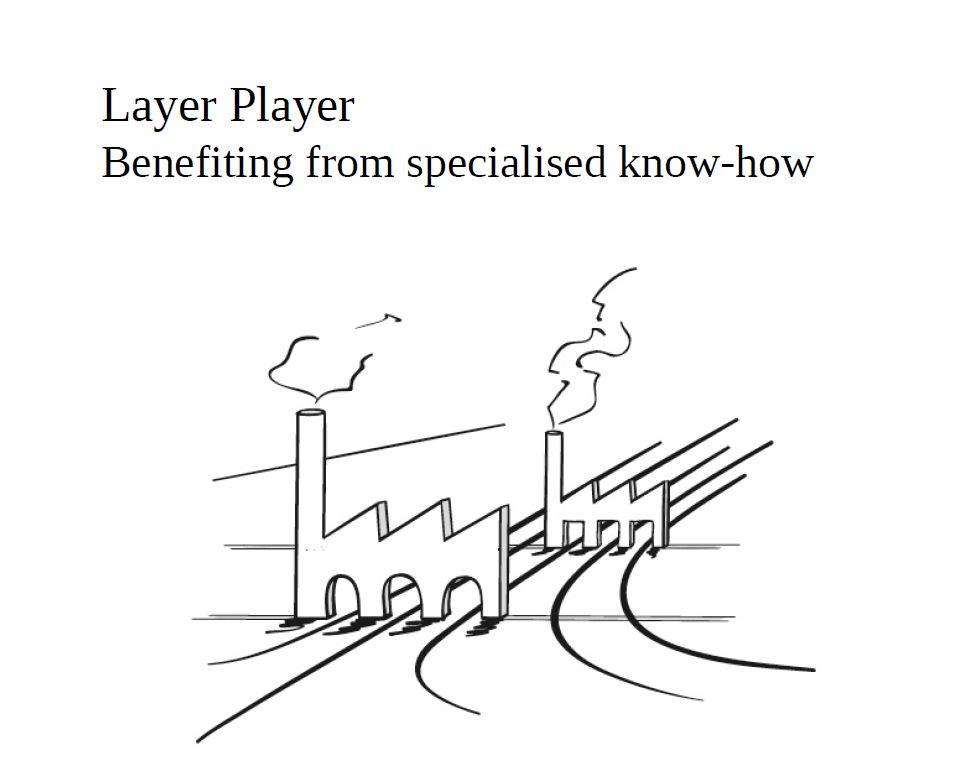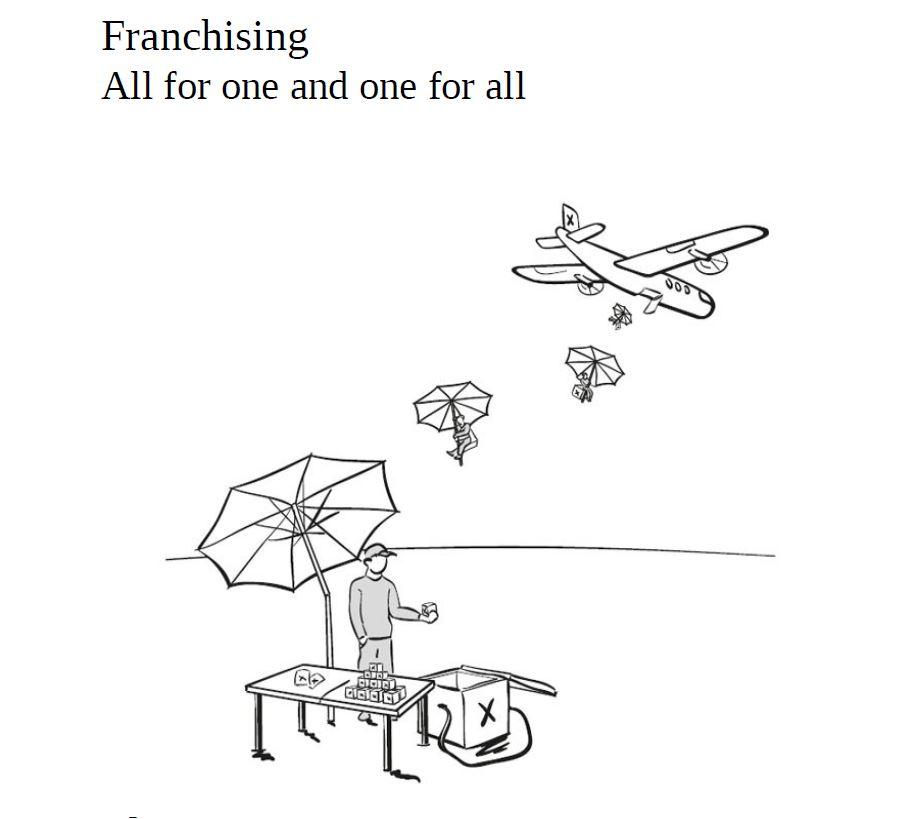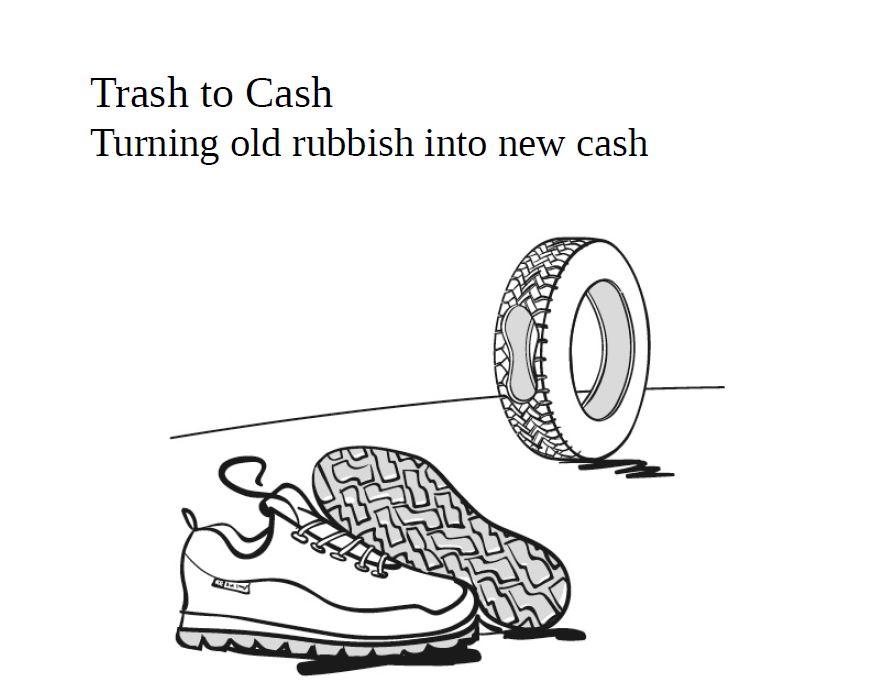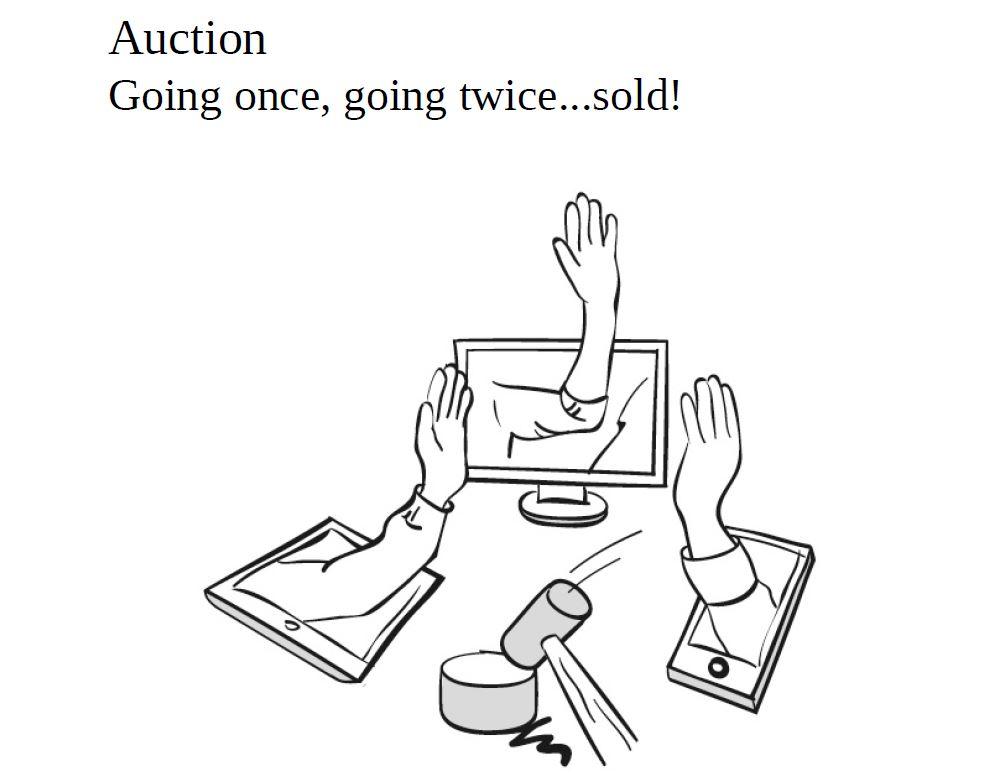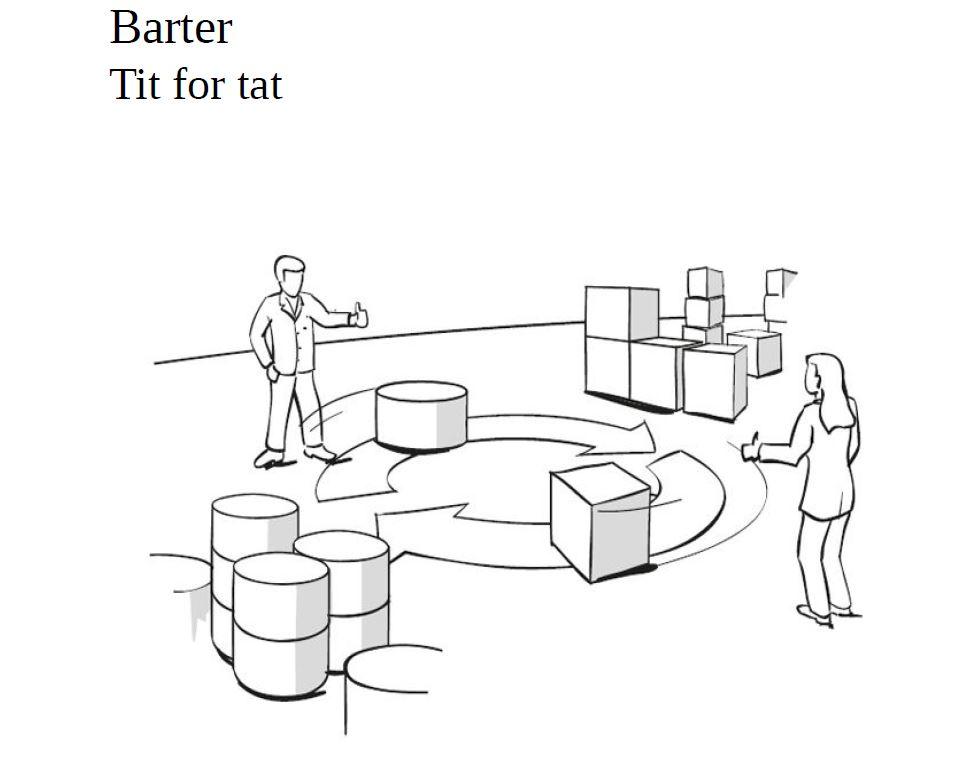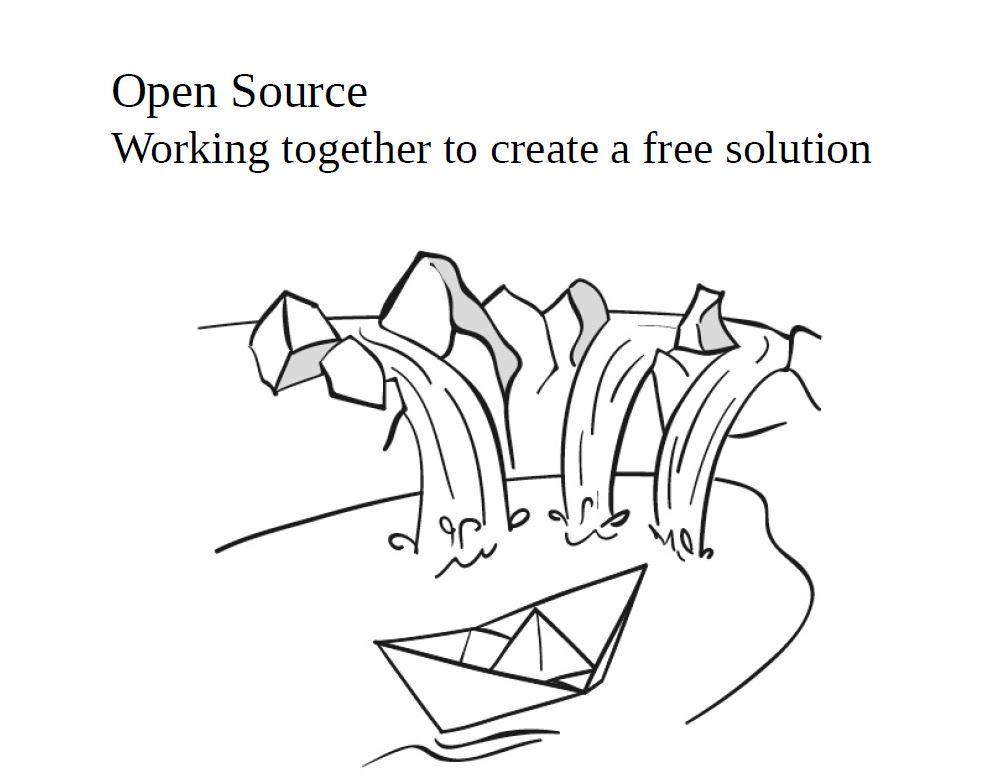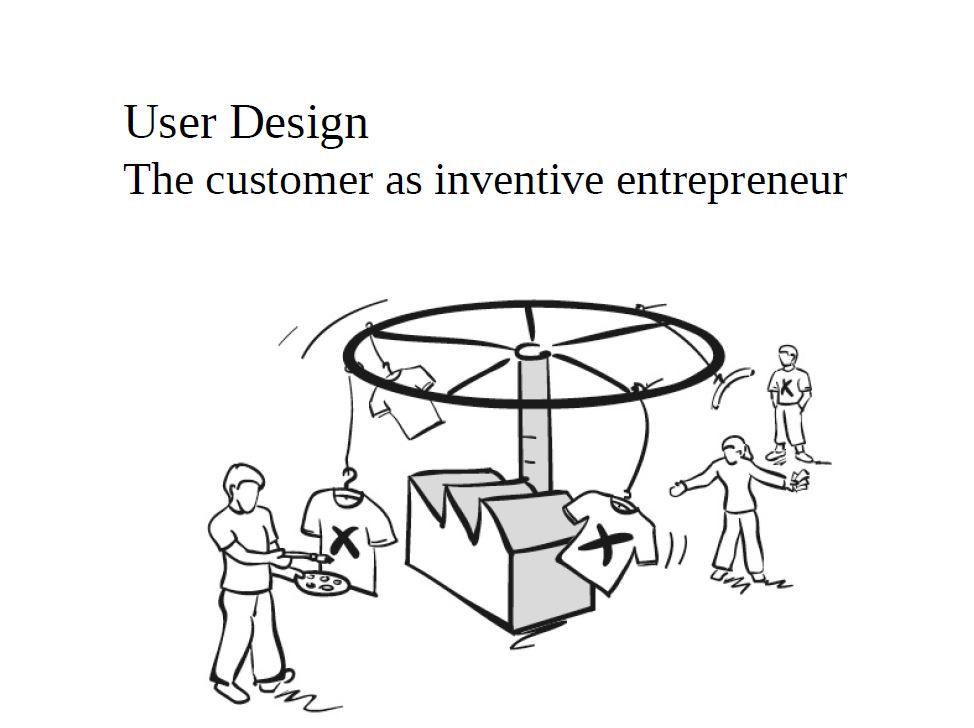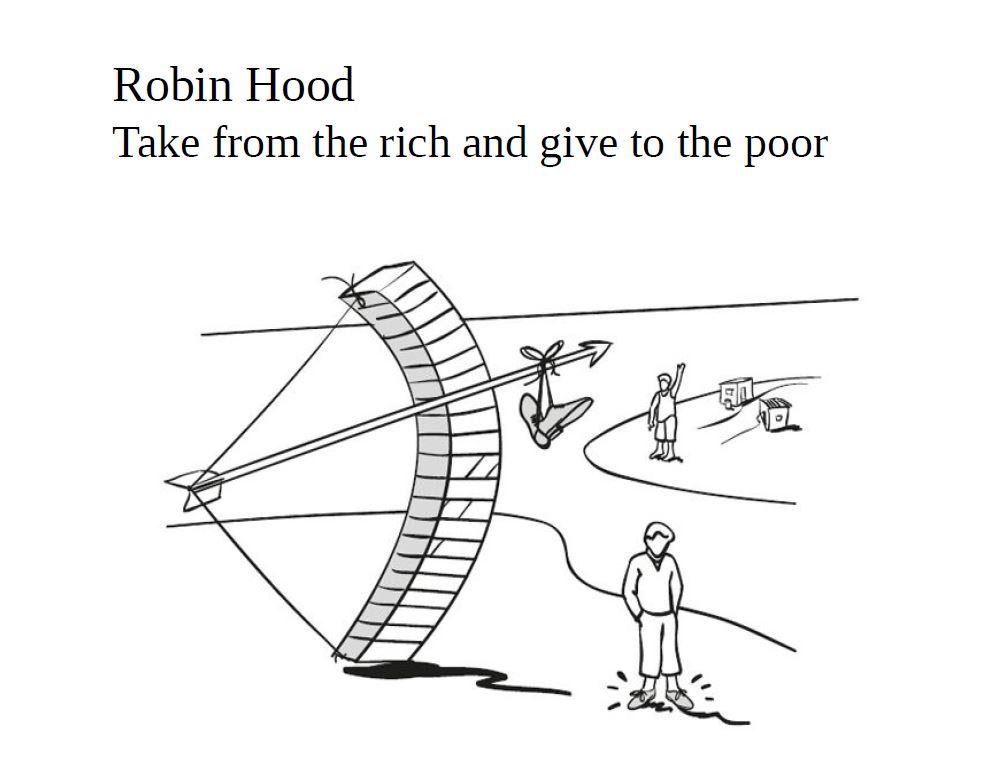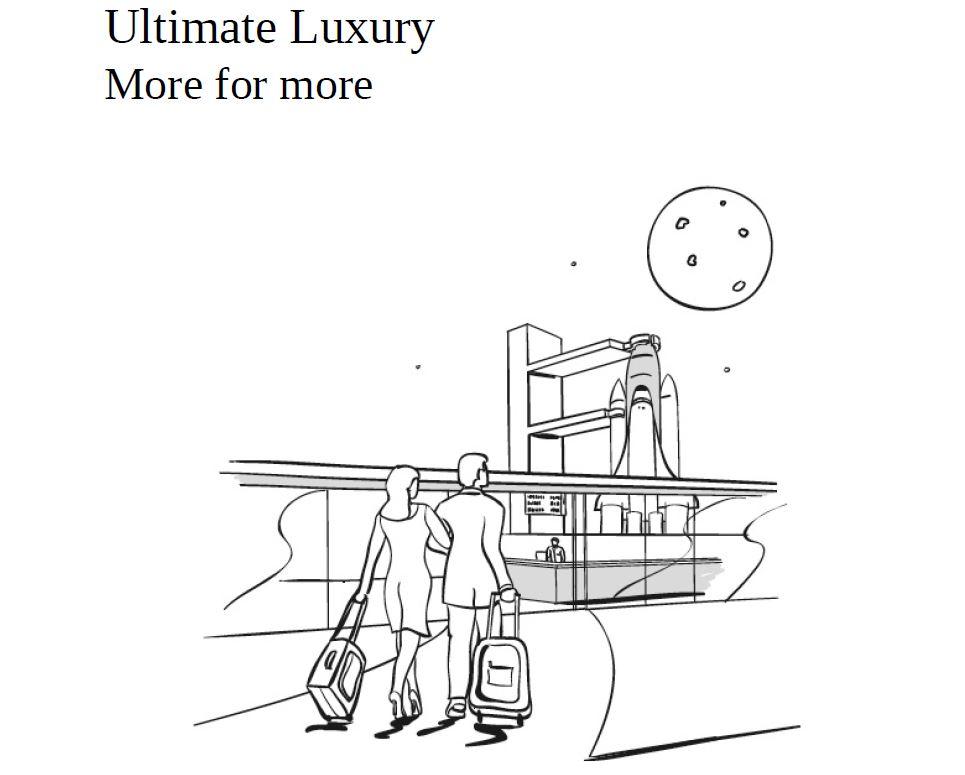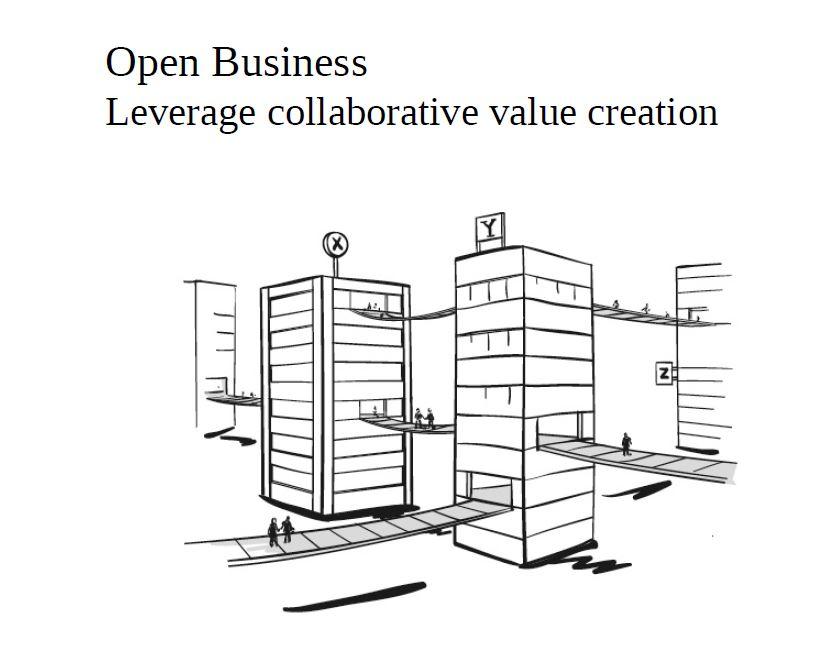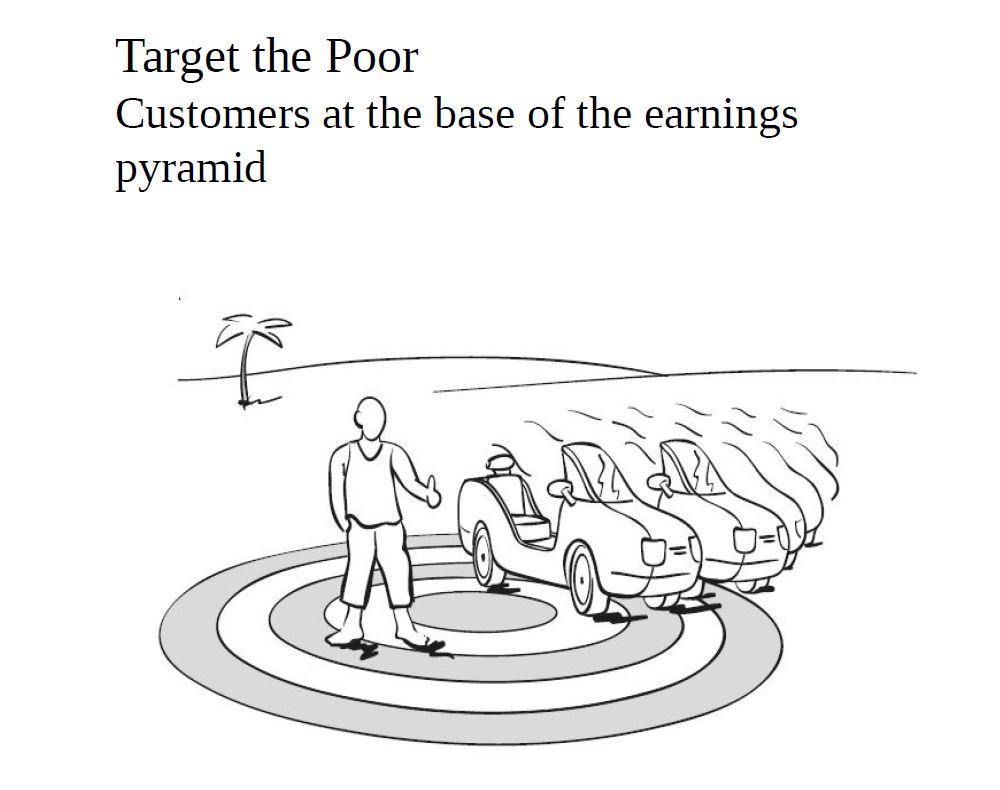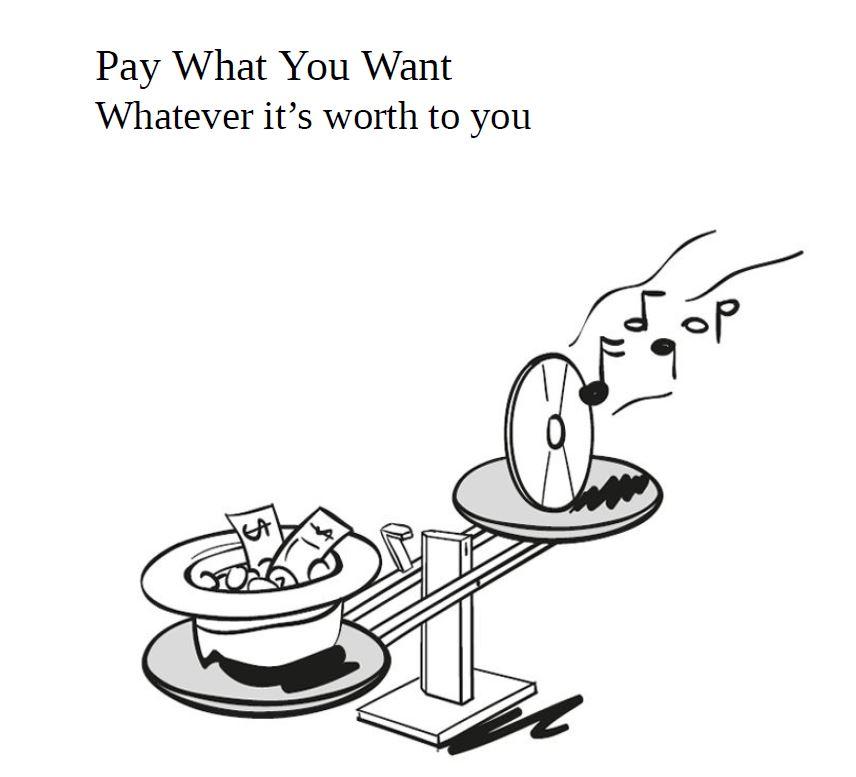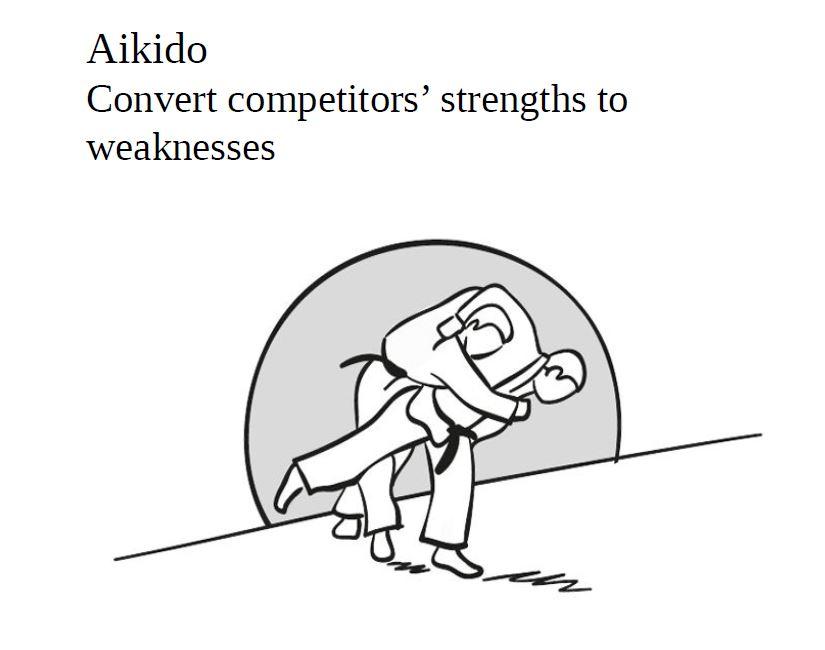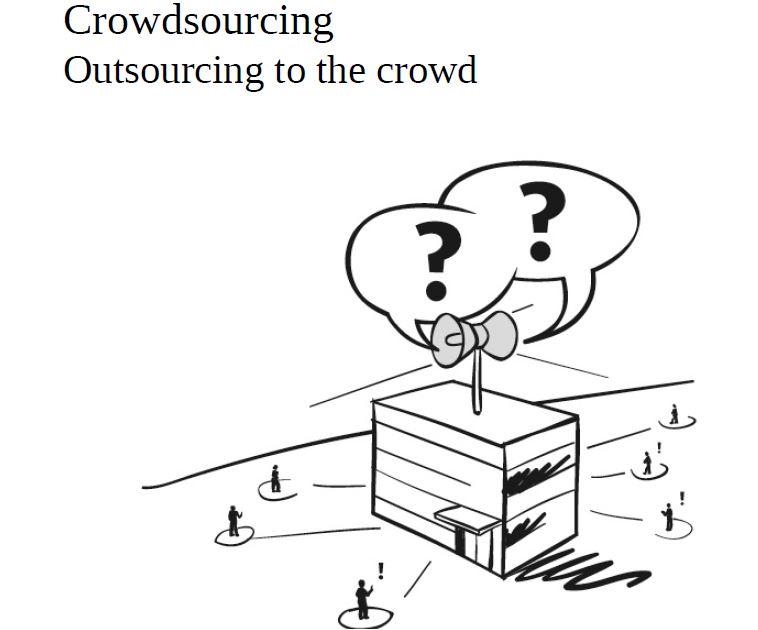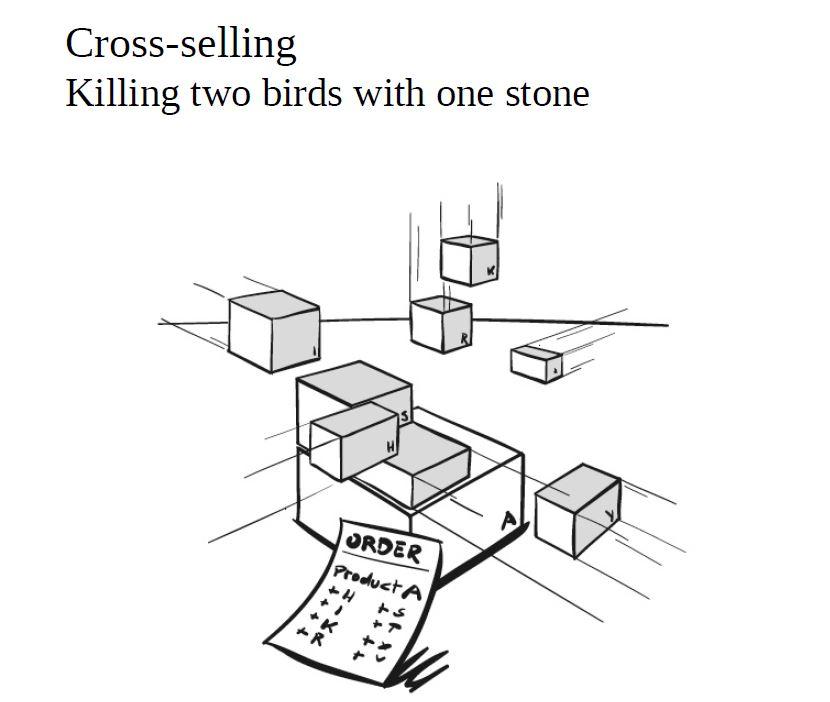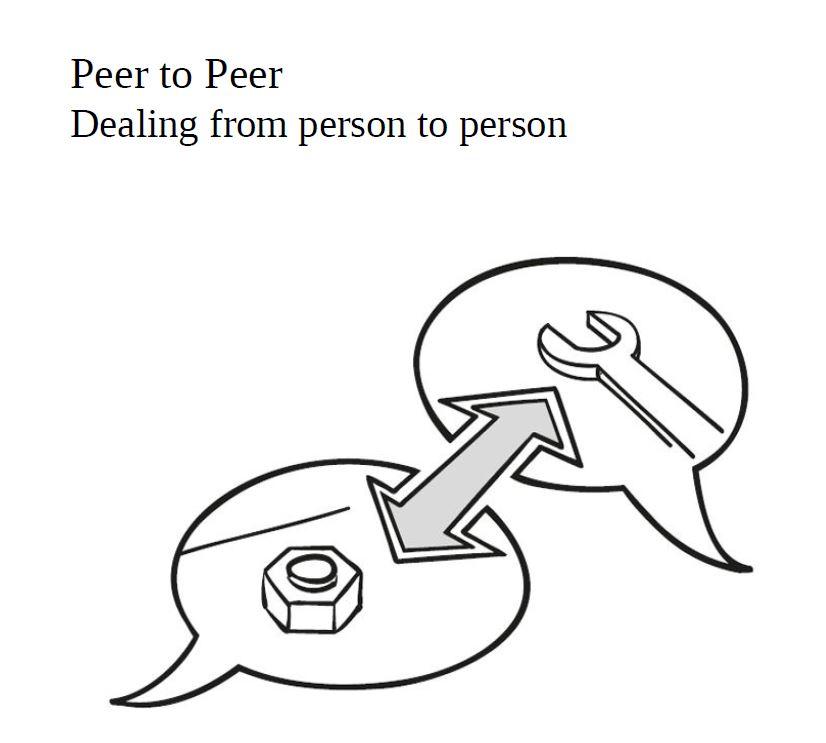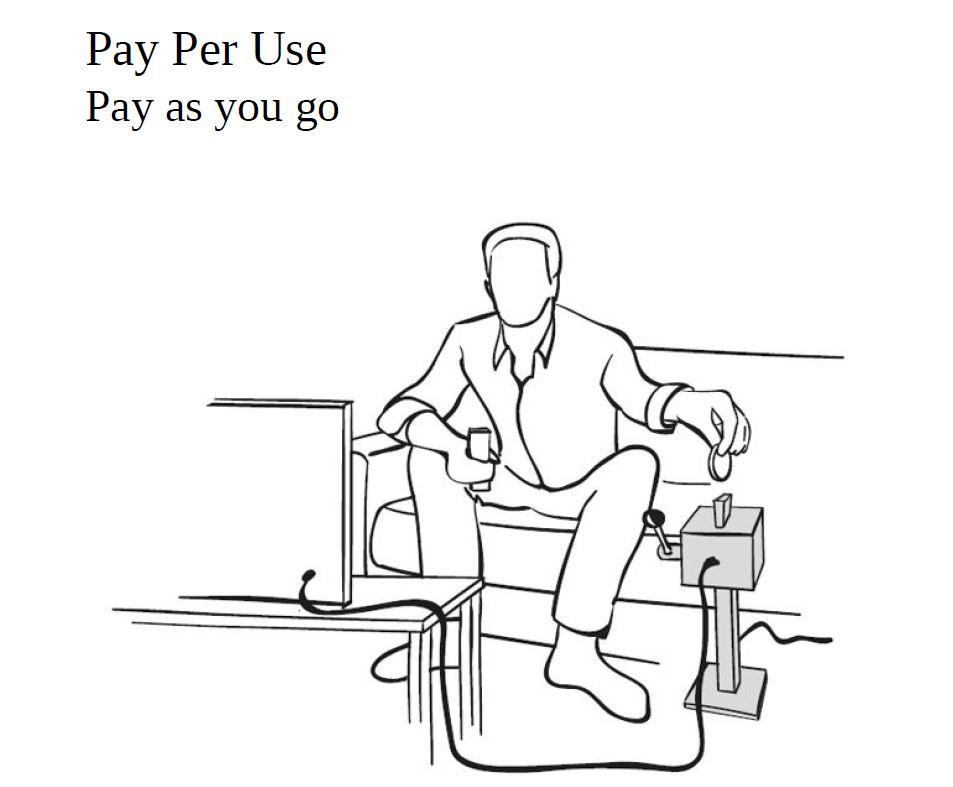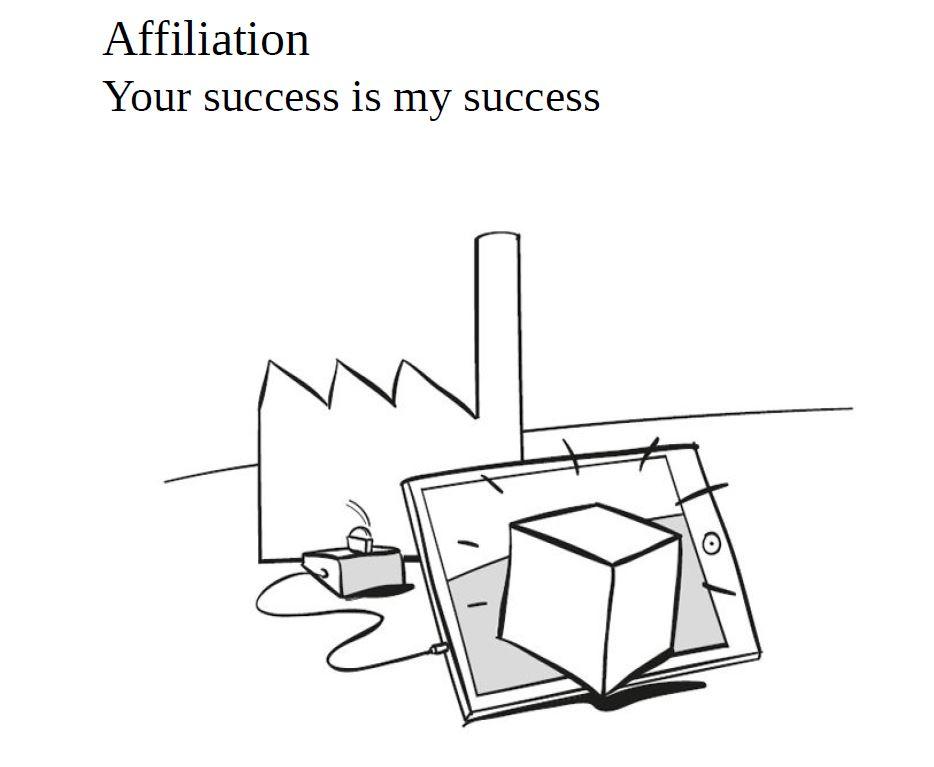Explore the World's Best Ideas
Join today and uncover 100+ curated journeys from 50+ topics. Unlock access to our mobile app with extensive features.
Add-on | Additional Charges for Extra
In Add On business model, the core offering is priced competitively, however, there are numerous extras that drive the final price up. In the end, the customer usually pays more than initially assumed.
Listen here - Implementing Add - On Business Model into your operation
6
89 reads
Leveraged Customer Data | Making use of what you know
Organization are using personalized information like individual’s preferences, likes and dislikes, information about our finances and other thousand attributes to generate more effective advertisements, to discover product dependences, to identify and evaluate customer habits and thereby lower customer acquisition cost, to carry out real-time market analyses, to improvise existing range of products to cater to ever changing customer demand.
Listen here - Implementing Leverage Customer Data Model into your operation
6
21 reads
Razor and Blade Model | Bait and Hook
The company sells not just basic products, but also ups potential revenues associated with future sales of complementary products. To capitalise on this potential, companies usually build in exit barriers, to prevent customers from purchasing complementary products from competitors.
Listen here - Implemeting Razor and Blade Model into your Operation
6
48 reads
Crowd Funding | Taking Finance by Swan
Crowdfunding business model involves outsourcing the financing of a project to the general public. You can raise capital by tapping into large pool of individuals—primarily online via social media and crowdfunding platforms.
Listen here - Implementing Crowd Funding Model into your operation
6
14 reads
Freemium | Choosing between free basic and paid premium versions
The term ‘freemium’ is coined by combining word ‘free’ and ‘premium’. The users get basic features of product at no cost while premium version having additional richer features is chargeable for user.
Here, the free version is offered to establish and grow customer base, from which it is hoped that enough customers will desire to shift to premium version later. One of the chief purposes of freemium is to attract new users.
Listen here - Implementing Freemium Model into your operation
6
6 reads
Guaranteed Availability | Assured Access to the Products
he essential aim of the Guaranteed Availability business pattern is to reduce the costs incurred by the breakdown on account of technical failures by ensuring almost zero downtime
The implementation of guaranteed availability business models generally involves a Flat Rate contract entitling customers to all the services necessary to guarantee constant product availability.
Listen here - Implementing Guaranteed Availability Model into your operations
6
14 reads
Customer Loyalty | Incentive for long lasting fidelity
In the Customer Loyalty model, customers are retained and loyalty is rewarded by providing value over and above the basic products or services.
Here customer’s purchases are recorded and corresponding reward is calculated. The rewards take the form of either physical products or rebates on future purchases, with special offers or discounts. In this way, customers are voluntarily bound to the company, which discourages them from opting for competitors’ products and services and thus protects the company’s revenue.
Listen here - Implementing Customer Loyalty Model into your operation
6
7 reads
White Label | Own Brand Strategy
The business model when a company takes a product manufactured by other company and puts its name and logo on it is termed as White Label. In other words, White Label goods are not given a specific name after being manufactured, but are sold by different companies under different names and in different market segments.
Listen here - Implementing White Label Model into your operation
6
15 reads
Flat Rate | All you can eat' unlimited consumption at fixed price
In Flat rate business model, customers pays lumpsum amount for a service or a product for and they are free to use it to heart’s content. The main advantage for customer is unlimited consumption with full control of their costs.
Listen here - Implementing Flat Rate model into your operation
6
15 reads
Experience Selling | Products appealing to Emotions
Today, Retailers no longer interested in just selling their products; as they are facing a tug-of-war scenario to win the hearts of customers. Experience Selling presents a major step towards achieving just that. A Retailer can differentiate itself from its competitors and forge a direct bond with its customers by providing a holistic experience.
The retail industry has done exceptionally well with Experience Selling.
Listen here - Implementing Experience Selling Model into your operation
6
10 reads
Hidden Revenue | Seeking Alternative Sources
The logic for a business to rely on its customers to pay for its product or services is ruled out. Here, the company is not dependent on its customers to pay, instead the services are offered for free to its customers. The primary source of revenue is derived from third party.
Listen here - Implementing Hidden Revenue Model into your Operation
6
17 reads
Direct Selling | Skipping the Middlemen
Direct selling refers to a scenario whereby a company's products are not sold through intermediary channels but are available directly from the manufacturer or service provider to its customers. In this way, the company skips the retail margin, or any additional costs associated with the intermediates. These savings can be forwarded to the customer and a standardized sales experience established. Additionally, such close contact can improve customer relationships.
Listen here - Implementing Direct Selling Model into your operation
6
6 reads
Two sided Market | Attracting Indirect Network Benefits
A two-sided market business model facilitates interactions between multiple interdependent groups of customers for mutual benefits via its platform.
Listen here - Implementing Two Sided Market Model into your operation
6
37 reads
From Push to Pull | Customers create Value Vortex
The From Push to Pull pattern Business Model focuses on the ‘customer is king’ paradigm, making it central to all decisions within the enterprise, be they related to research and innovation, new product development, production, logistics or distribution
Listen here - Implementing From Push to Pull Model into your operation
6
20 reads
Lockin | Forcing Loyalty with high Switching Cost
Lock In business model is based on principle that keeping existing customers is cheaper than creating new ones. The Customers are locked into a vendor's world of products and services.
6
15 reads
Long Tail | Little and Often fills the Purse
The Long Tail business model concentrates on selling small quantities of a very large range of products, in contrast to a 80-20 rule - which states that 80% of revenue is generated from 20% of products. With Long tail business model, niche products can even bring in a larger share of the revenue than mass products.
Listen here - Implementing Long Tail Model into your operation
6
14 reads
Shop in Shop | Piggybacking
The Shop in Shop business model refers to the practice of retailers or service providers establishing an independent store in another company’s retail space. Instead of opening new branches, a partner is chosen whose branches can profit from integrating the company's offerings in a way that imitates a small shop within another shop (a win-win situation).
Listen here - Implementing Shop in Shop model into your operation
6
5 reads
Fractional Ownership | Timeshare makes for efficient usage
Fractional ownership describes the sharing of a certain asset class amongst a group of owners. Typically, this Factional ownership business model is popular among the asset that is capital intensive but only required on an occasional basis. In fractional ownership, the customer benefits from the rights as an owner, but they are not required to provide entire capital. This gives the customer's the possibility of purchasing products or services that they otherwise could not afford.
Listen here - Implementing Fractional Ownership Model into your operation
6
6 reads
Reverse Innovation | Learning from good enough solutions
Reverse innovation is the process whereby goods developed as inexpensive models to meet the needs of developing nations are then repackaged as low-cost innovative goods for Western buyers. The underlying logic is that many products developed for emerging economies or lower-income countries have to meet very stringent requirements from cost prespective. For customers to afford products, costs must be a fraction of similar products in higher-income countries.
Listen here - Implementing Reverse Innovation Model into your operation
6
42 reads
Reverse Engineering | Taking Lessons from Competitors
Reverse Engineering business model refers to obtaining a competitor's product, taking it apart, and analyzing its technology, functionality and input components that were used to develop the product. These learnings are then applied to build a similar or compatible product.
Listen here - Implementing Reverse Engineering Model into your operation
6
32 reads
Make More of it | Multiply competencies outside your core business
In the Make More of It business model, a company’s resources are not only used to build own products, but also offered to other companies. In this manner, ‘slack’ resources help to generate revenue in addition to the core value proposition of the company.
Listen here - Implementing Make More of it Model into your operation
6
5 reads
Layer Player | Benefiting from specialised know-how
A layer player is a specialized company whose services are limited to the provision of one value-adding step among different value chains. This step is typically offered within a variety of independent markets and industries. The company benefits from its ability to specialise in terms of efficiency gains, multiplying know-how and intellectual property rights. These economies of scale enjoyed by layer player companies often enhances its efficiently. Further, the established expertise can result in a higher quality process
Listen here - Implementing Layer Player Model into your operation
6
24 reads
Franchising | All for one and one for all
Franchising model is widely popular in food and beverage industry. Well-known restaurant chains including Subway, Pizza Hut, and KFC have successfully implemented Franchising model to expand its operation globally.
Listen here - Implementing Franchising Model into your operation
6
5 reads
Cash Machine | Coining money with negative working capital
In the Cash Machine concept, the customer pays upfront for the products sold to the customer before the company covers the associated expenses. This prepayments by customers results in increased liquidity which can be used to amortize debt or to fund investments in other areas. The Cash Machine pattern involves running a business with a negative cash conversion cycle.
Listen here - Implementing Cash Machine Model into your operation
6
14 reads
Trash to Cash | Turning old rubbish into new cash
Trash to Cash is not a new concept since it borrows heavily from traditional raw material and scrap metal merchants.
Trash to Cash results in a win-win situation for both the supplier and the manufacturer: for the supplier of waste products, the waste disposal cost is reduced, and the companies following Trash to Cash business model get cheap resources with are later transformed into products.
Listen here - Implementing Trash to Cash Model into your operation
6
5 reads
Auction | Going once, going twice...sold!
Auctioning means selling a product or service to the highest bidder.
Listen here - Implementing Auction Model into your operation
6
30 reads
Barter | Tit for tat
The Barter is one of the oldest business models in human history. Barter is a method of exchange in which goods are given away to customers in return, the customer provides something of value to the sponsoring organization. The transaction takes place without the exchange of actual money. The exchange does not have to show any direct connection and is valued differently by each party.
6
28 reads
Open Source | Working together to create a free solution
The Open Source pattern has made a myriad of research initiatives successful. The greatest challenge is not to ‘create’ value, but to ‘capture value’. When designing such a business model, it is important to ensure that at least part of the created value stays within the originating company.
Listen here - Implementing Open Source Model into your operation
6
25 reads
User Design | The Customer as inventive entrepreneur
User Design is especially promising in industries with comparatively simple products that appeal to customers on account of their design. User design business model feeds into the idea of social communities in which people are increasingly seeking interactivity: they want to help generate ideas, as well as comment and build on the existing ideas and solutions of others.
Listen here - Implementing User Design Model into your operation
6
4 reads
Robinhood | Take from the rich and give to the poor
In Robin hood business model, the Company provides the same product or service to 'the rich' at a much higher price than to 'the poor'. As a result, the Company generates a maximum of its profits from the wealthy customer base. Serving 'the poor' at a low is not profitable per se, but creates economies of scale, which other providers cannot achieve. Additionally, it has a positive effect on the Company's image.
Listen here - Implementing Robinhood Model into your operation
6
17 reads
Ultimate Luxury | More for More
Ultimate Luxury Business Model pattern describes the strategy of a company to focus on the upper side of society's pyramid. This allows a company to distinguish its products or services significantly from others. High standards of quality or exclusive privileges are the main focus to attract these kinds of customers. The high price charged by these companies allow it to generate high margins, thereby meet its business re-investment needs.
Listen here - Implementing Ultimate Luxury Model into your operation
6
9 reads
Open Business | Leverage Collaborative value creation
In open business models, the central source of value creation lies in collaborating with partners in the ecosystem. Openness refers to the inclusion of outside partners - suppliers, customers, or complementors into research and development process. Open business model involves exchange of technologies, ideas, production capacities, distribution networks and brands.
Listen here - Implementing Open Business Model into your operation
6
5 reads
Target the Poor | Customers at the base of the earnings pyramid
In target the poor business model, the companies design its product or service offering for the customer positioned at the base of the pyramid. Customers with lower purchasing power benefit from affordable products. The company generates small profits with each product sold, but benefits from the higher sales numbers that usually come with the scale of the customer base.
Listen here - Implementing Target the Poor Model into your operation
6
20 reads
Pay What You Want - Whatever it’s worth to you
In this business model, you as a buyer have liberty to decide the price you want to pay for a given product or service. You may also opt to offer Zero price. In some cases, a minimum floor price may be set, and/or a suggested price may be indicated as guidance for the buyer.
Listen here - Implementing Pay what you want Model into your operation
6
17 reads
Aikido | Convert competitors’ strengths to weaknesses
Aikido is a Japanese martial art in which the strength of an attacker is used against him or her. As a business model, Aikido allows a company to offer something diametrically opposed to the image and mindset of the competition. This new value proposition attracts customers who prefer ideas or concepts opposed to the mainstream.
6
9 reads
Crowdsourcing | Outsourcing to the crowd
Crowdsourcing is the technique of outsourcing specific tasks to external people. The aim of Crowdsourcing is to extend the company’s sources of innovation and knowledge, and open up possibilities to develop cheaper and more effective solutions. Crowdsourcing tasks varies from generation of innovative ideas to the solving of specific problems. Crowdsourcing is suited to discovering more about customer wishes and preferences for future products.
Listen here - Implementing Crowd Sourcing Model into your operation
6
5 reads
Cross Selling | Killing two birds with one stone
In cross selling business model, the retailer are offering products and services beyond a customer’s requirement. Here the retailer may be trying to educate customers about related products, offer complementary products or enhance customer experience. But the ultimate objective of the retailer is to encourage existing customer to buy more.
Listen here - Implementing Cross Selling Model into your operation
6
21 reads
Peer to Peer | Dealing from person to person
Peer-to-Peer business model (commonly referred to as P2P) is based on the principle of cooperation. The Company offers a meeting point, i.e., an online database and communication service that connects these individuals. This services could include offering personal objects for rent, providing certain products or services, or the sharing of information and experiences.
Listen here - Implementing Peer to Peer Model into your operation
6
5 reads
Pay per use | Pay as you go
The pay per use business model tracks actual usage of a service or product. The customer pays based on what he or she effectively consumes – i.e. rentals are charged based on usage or say on a pro-rata basis.
Listen here - Implementing Pay per use Model into your operation
3
13 reads
Affiliation Business Model | Your Success is my Success
In the Affiliation business model, the company’s focus lies in supporting other parties to market products to benefit from successful transactions. With this the company gains access to a diversified customer base without additional sales and marketing efforts.
The affiliate revenue model is based on commissions. In simple words, if you resell an items from the other retailers on your site. You are rewarded for driving new customers to the merchant who is selling the item.
Listen here - Implementing Affiliation Model into your operation
3
8 reads
IDEAS CURATED BY
A business model is the logic by which an organization sustains itself financially. Current times technology is changing at the speed of light and new businesses are evolving
CURATOR'S NOTE
A business model is the logic by which an organization sustains itself financially.Current times technology is changing at the speed of light and new businesses are evolving.Companies operating in business over a decade can’t change the environment they operate in, so these companies are forced to evaluate their business models in order to remain competitive.And as we have seen and experienced, these new business models themselves disrupt and cause change. We endeavor to bring to our audience different aspects of Business Models
“
Unicornic .In's ideas are part of this journey:
Learn more about business with this collection
How to balance flexibility and structure in a hybrid team environment
Understanding the challenges of managing a hybrid team
How to maintain team cohesion
Related collections
Different Perspectives Curated by Others from The Business Model Navigator
Curious about different takes? Check out our book page to explore multiple unique summaries written by Deepstash curators:
25 ideas
Hanna Serednytska's Key Ideas from The Business Model Navigator
Oliver Gassmann, Karolin Frankenberger, Michaela Csik
Discover Key Ideas from Books on Similar Topics
Read & Learn
20x Faster
without
deepstash
with
deepstash
with
deepstash
Personalized microlearning
—
100+ Learning Journeys
—
Access to 200,000+ ideas
—
Access to the mobile app
—
Unlimited idea saving
—
—
Unlimited history
—
—
Unlimited listening to ideas
—
—
Downloading & offline access
—
—
Supercharge your mind with one idea per day
Enter your email and spend 1 minute every day to learn something new.
I agree to receive email updates
